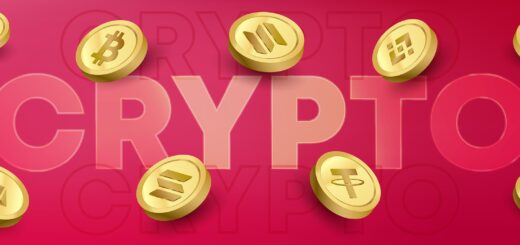Real art vs NFT
There is ongoing debate about whether NFTs can be considered “real” art. Some argue that NFTs are simply a new way of representing and distributing digital art, and that the art itself is no different from any other digital artwork. Others argue that the use of blockchain technology to create a unique, one-of-a-kind digital asset adds a new layer of value and authenticity to the art, making it more akin to traditional physical art forms. Ultimately, the question of whether NFTs can be considered “real” art is subjective, and different people may have different opinions on the matter.
NFT influencers are individuals or groups who have a significant following on social media and other platforms, and who promote the use and adoption of non-fungible tokens (NFTs) in the digital art and collectibles space. They may create and sell their own NFTs, or they may simply be advocates for the technology and its potential to revolutionize the way we think about digital ownership and scarcity. Some examples of NFT influencers include Trevor Jones, 3LAU, and XCOPY.

Whether NFTs represent a genuine form of ownership or are simply a speculative asset class
NFTs to be a speculative asset class, meaning that their value is based largely on the expectations of future market conditions rather than on their inherent worth or utility. In other words, some people may buy NFTs as a way to speculate on their potential future value rather than because they have any intrinsic value or use. This is similar to how some people buy stocks or other securities as a way to speculate on their future performance rather than because they produce any goods or services. It’s important to note that not all NFTs are considered speculative assets, and that the value of individual NFTs can vary significantly depending on a variety of factors.
Whether NFTs are contributing to the democratization of the art world or are only accessible to a select few
NFTs are making it easier for artists to sell their work directly to buyers, bypassing traditional gatekeepers like galleries and art dealers. This could potentially allow more artists to make a living from their work and reach a wider audience. Others argue that NFTs are only accessible to a select few, and that the high prices being paid for some NFTs are out of reach for most people. Additionally, some people are concerned that the hype around NFTs may be leading to the oversaturation of the market, which could make it more difficult for newer or less well-known artists to gain traction.

Whether NFTs are environmentally sustainable, given the energy consumption required to power the blockchain networks on which they are built
Energy consumption required to power the blockchain networks on which they are built. The process of “mining” cryptocurrency, which is necessary to create and validate new transactions on the blockchain, requires a significant amount of energy. Some estimates suggest that the energy consumption associated with cryptocurrency mining is equivalent to that of entire countries. While there are efforts being made to make the mining process more energy efficient, it is still a major concern for those who are worried about the environmental impact of NFTs.

Whether NFTs are actually adding value to the art itself, or are simply being used as a marketing gimmick
Some people argue that the use of blockchain technology to create a unique, one-of-a-kind digital asset adds a new layer of value and authenticity to the art, making it more akin to traditional physical art forms. Others argue that the value of an NFT is largely speculative, and that it is not necessarily tied to the inherent worth or quality of the art itself. Ultimately, the question of whether NFTs are adding value is subjective, and different people may have different opinions on the matter.
Whether NFTs are truly unique, or if they can be easily copied and reproduced
These are just a few of the many debates that are taking place around NFTs. It’s an area that is still very much in flux, and it will be interesting to see how it develops over time.


